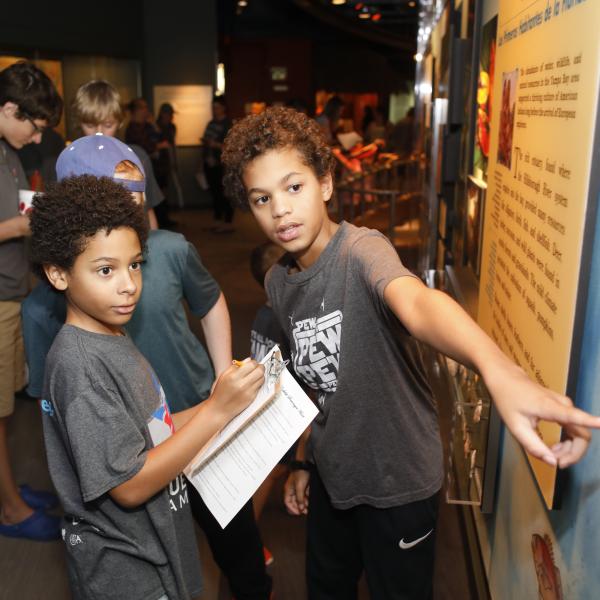NEA Chairman Rocco Landesman's Statement on the Death of NEA National Heritage Fellow Jack Coen
"On behalf of the National Endowment for the Arts, it is with great sadness that I acknowledge the passing of Irish-American flautist and 1991 NEA National Heritage Fellow Jack Coen. A gifted musician dedicated to bringing the music of Ireland to audiences in the United States, Coen not only performed on and taught students to play the traditional wooden flute, he also learned to handcraft the instrument. We join many others in the Irish music community and beyond in mourning his death while celebrating his life."
Jack Coen was born in 1925 in Woodford, County Galway, on the west coast of Ireland, the second of nine children. His family operated a subsistence farm and earned money from raising cattle. When Coen was about eight years old he received a tin whistle for Christmas. This instrument, combined with the old-fashioned tonic sol-fa system of sight singing he learned in the village school, taught him the rudiments of traditional music. At 16, he adapted his tin whistle skills to the fife and joined the "local defense force," becoming a member of its parish fife and drum band. There the band's senior members tutored him on the wooden flute, though he was probably most influenced by his neighbor, Jim Conroy. After Coen finished school, he continued to practice the flute. By then, he was playing regularly in public and supporting himself with farm and road work.
In 1949 Coen moved to the United States. For the first six months, he lived with an uncle in the Bronx, New York. From there, he moved to a thriving Irish community in East Rutherford, New Jersey, where he worked in a produce market. During this period, he didn't play his flute much, except for an occasional party or with another flutist who worked near him. After about a year and a half, Coen moved back to the Bronx, and his uncle helped to find him a job as a lineman for the railroad. At the time, there were many Irish fiddlers in New York, but few flautists, and he came quickly to the fore. In the late 1950s, Coen became active in New York's growing traditional Irish music scene. Recently arrived accordionist Paddy O'Brien and fiddler and tenor banjo player Larry Redican were influential in reviving Coen's flute playing. He formed an association with the New York Ceili Band, and in 1960 the band qualified for the All-Ireland championship.
As the band's popularity waned, Coen started teaching tin whistle and flute to neighborhood children and at community arts centers. Increasingly, his students were attracted more to the silver flute than the traditional wooden flute; the silver flute was more available and easier to play. To save the wooden flute from extinction, Coen and two of his carpenter friends began making their own flutes in the late 1970s. These handmade instruments were acclaimed among Irish music enthusiasts and steadily gained the interest of younger generations of aspiring flautists.
For more information on Jack Coen, visit the NEA's website.
Related Content
Contact
NEA Public Affairs
202-682-5570





